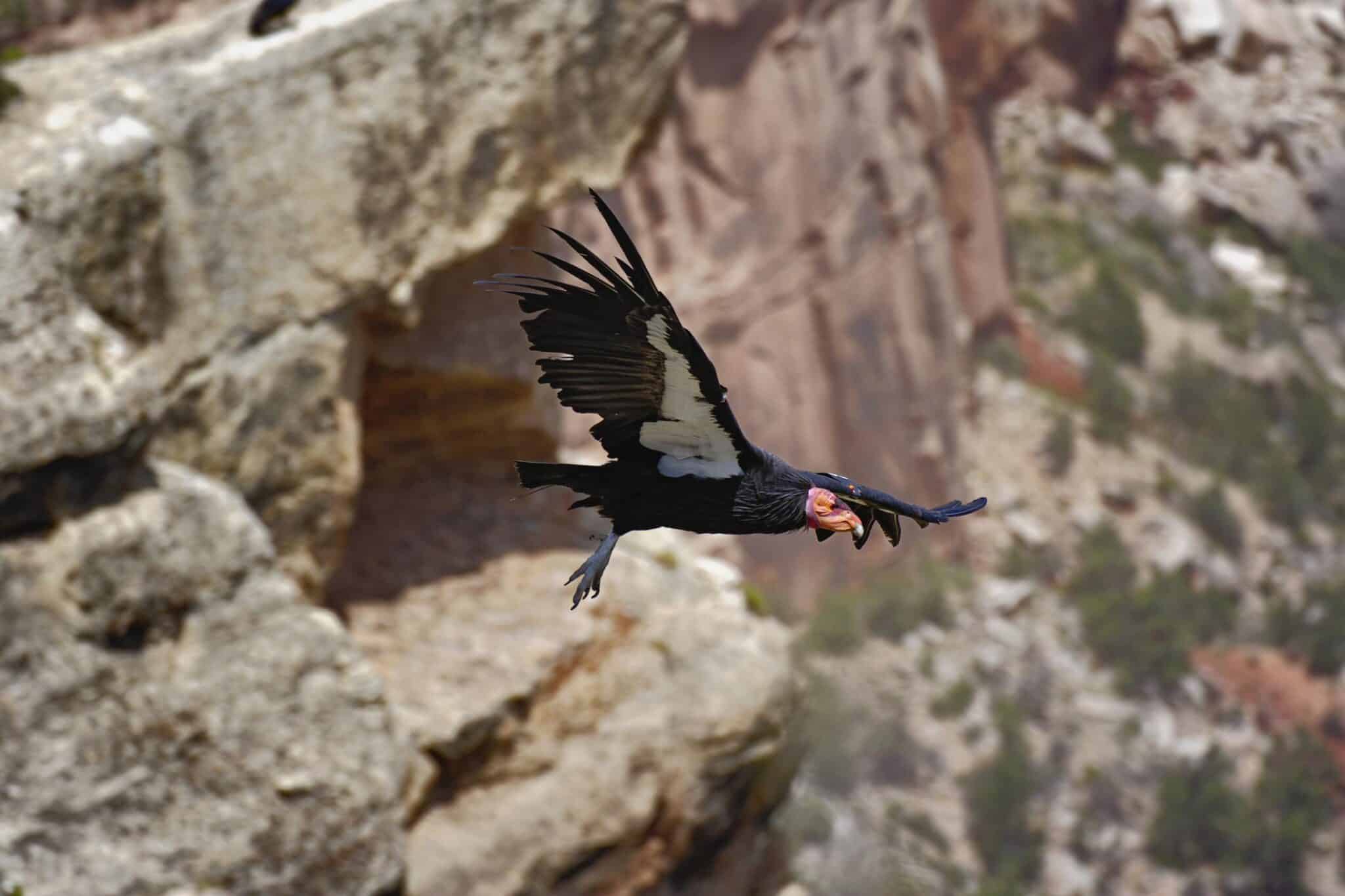

Adam Jones / Stone / Getty Images
California condors are a critically endangered species, with only a little more than 500 left alive.
However, a new study reveals that these vulnerable birds are capable of a rare ability: virgin births, or parthenogenesis.
“This is truly an amazing discovery,” study co-author and Kleberg Endowed Director of Conservation Genetics at San Diego Zoo Wildlife Alliance Oliver Ryder, Ph.D. said in an alliance statement.
https://twitter.com/sandiegozoo/statuses/1453799768602251289
Parthenogenesis occurs when a cell in a female of a species acts like a male sperm and connects with an egg, BBC News explained. It is slightly more common among fish or lizards, The New York Times pointed out, but unusual for birds. In fact, it has only been documented in turkeys, finches and domestic pigeons.
“Parthenogenesis is considered to be a rare phenomenon in birds,” Ryder told The New York Times.
However, the study published in the Journal of Heredity Thursday documented two cases in which male condors in the captive breeding program hatched from unfertilized eggs.
The researchers were able to make this discovery partly because the endangered species is so well monitored. There were only 22 California condors left in the 1980s after their population was devastated by habitat loss and lead poisoning from bullets left in carion. However, a successful captive breeding program has boosted their numbers, and is the reason for the new discovery. During a routine analysis of biological samples from the two condors, the researchers determined that their genetic material matched their mothers’, but not any males in the program.
“We were not exactly looking for evidence of parthenogenesis, it just hit us in the face,” Ryder said in the statement. “We only confirmed it because of the normal genetic studies we do to prove parentage. Our results showed that both eggs possessed the expected male ZZ sex chromosomes, but all markers were only inherited from their dams, verifying our findings.”
Unfortunately, the two chicks are no longer alive. One died in 2003 at age two and the other in 2017 at age eight. California condors can live up to 60 years in the wild.
However, the discovery is notable not only for condors, but potentially for other bird species. Parthenogenesis is thought to occur as a last-ditch survival mechanism, when there are not enough males around to keep a population going. But that was not the case for the births in the study. Both of the mothers, or dams, in question were housed with a fertile male at the time and had given birth to 11 and 23 chicks each.
“We believe that our findings represent the first instance of facultative avian parthenogenesis in a wild bird species, where both a male and a female are housed together,” study co-author and San Diego Zoo Wildlife Alliance associate director for the conservation research division Cynthia Steiner said in the statement. “Still, unlike other examples of avian parthenogenesis, these two occurrences are not explained by the absence of a suitable male.”
This leads the researchers to wonder if the phenomenon occurs more often in the wild than previously believed.
“For other species it seems to be sort of a last-ditch effort to save themselves,” University of Florida conservation geneticist Samantha Wisely told The New York Times. “It will be really interesting to know the context in which it’s happening in the wild for birds.”
- U.S. Declares 23 Species Extinct, Including Ivory-Billed Woodpecker ...
- Biden Administration Reverses Two Trump Endangered Species Act ...

 233k
233k  41k
41k  Subscribe
Subscribe 